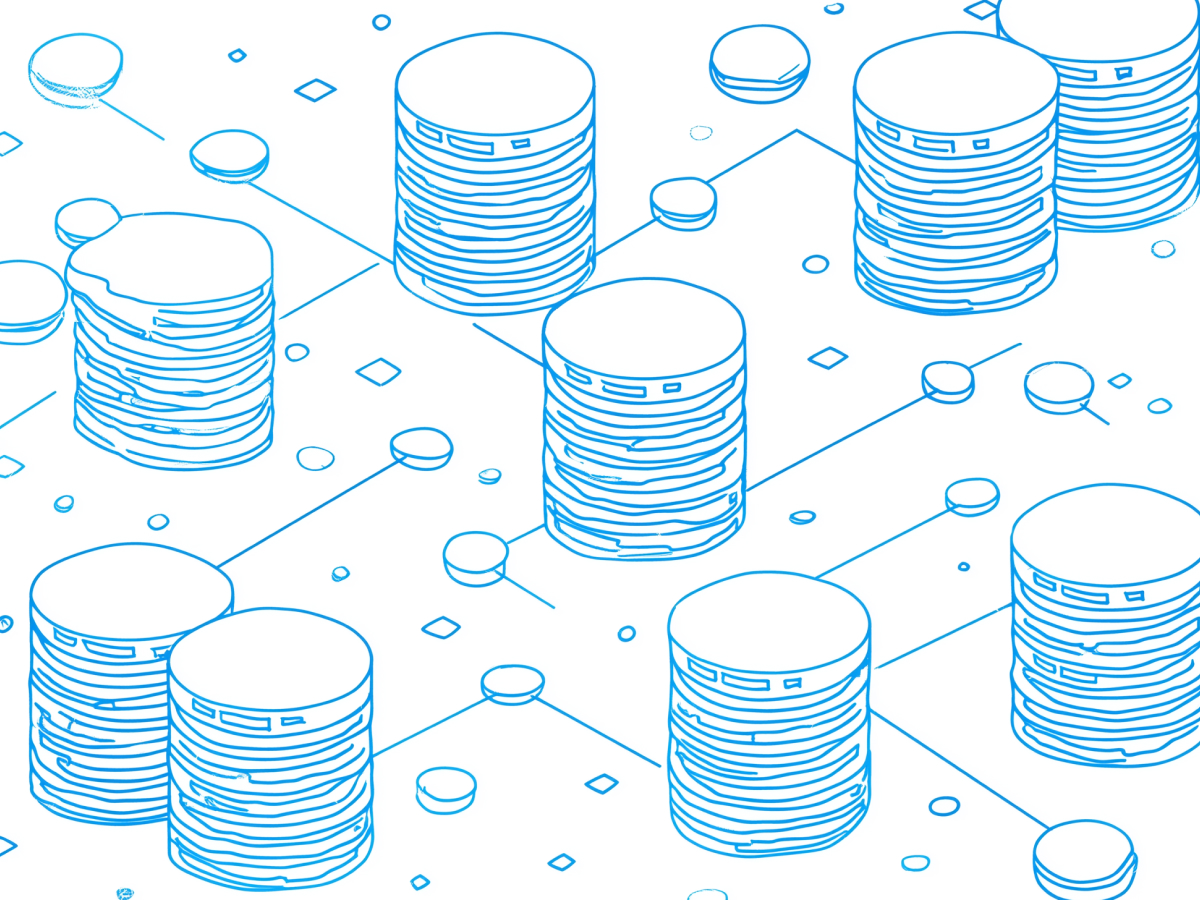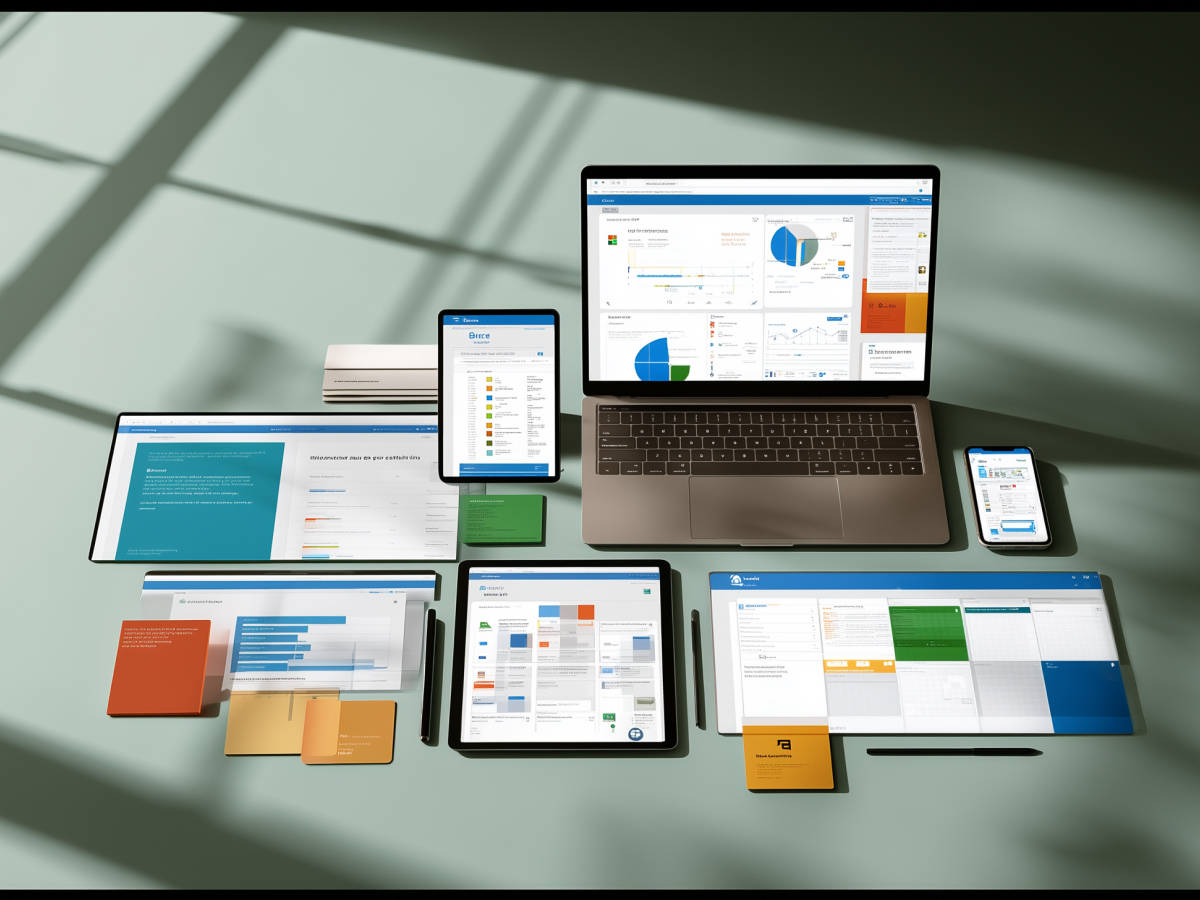Google Cloud introduces new AI tools for marketing efficiency and customer experiences.
AI is quickly becoming the new operating system for growth-focused companies. At Google Cloud’s Next ’25 event in Las Vegas, the company revealed a set of advanced generative AI tools, all engineered to bring measurable efficiency and creative power to marketing and customer engagement. These tools are part of Vertex AI, Google Cloud’s leading AI platform.
What’s particularly valuable for business leaders is how comprehensive this ecosystem has become. Google hasn’t built one tool; it has launched a portfolio of generative capabilities, video generation, image generation, text, audio, and even music. For consumer-facing businesses, where attention spans are volatile and differentiation is razor-thin, this matters. It gives marketers and commercial teams what they need: speed, consistency, and personalization at scale.
These tools respond to a real challenge: buying decisions are longer and more chaotic. The average customer now goes through 10 digital touchpoints before making a purchase. And when options overload the brain, people freeze. Two out of three consumers delay or avoid making decisions when there’s excessive information. Generative AI can handle complexity and distill it down into content that feels personal, relevant, and easily digestible.
One thing that stands out from this announcement is Google’s focus on applicability. These are not abstract research experiments. They’re aimed at optimizing day-to-day decisions. Marketers won’t be coding machine learning models, they’ll be tapping into trained systems that can instantly create assets, analyze campaign performance, and improve engagement, all within a team’s existing workflow.
Carrie Tharp, Google Cloud’s Vice President for Global Solutions and Industries, summarized the opportunity well: as consumer behaviors shift and outside forces, from inflation to trade tariffs, raise pressure on growth and margin, AI becomes a tool not just for automation, but transformation. This is about leveraging data and speed to compete, serve, and win.
AI-driven platforms are increasing creative return on investment
Marketing technology is evolving fast, and it’s no longer just about managing campaigns. It’s about performance. Generative AI is pushing creative work into a new phase, where content development, optimization, and measurement are all happening in the same system. Google Cloud’s creative AI agents are making that possible.
Companies like WPP, Monks.Flow, and the Brandtech Group are already integrating Google’s tools directly into their platforms. These are embedded systems used in real campaigns. WPP, one of the largest global advertising players, has put these agents to work inside its Open platform. Monks.Flow, part of Media.Monks, is using the tech for localization, tailoring content to fit different markets without rebuilding the creative every time. Brandtech’s platform, Pencil, helps brands generate ad variations, predict their performance, and then optimize based on real campaign data.
This kind of end-to-end integration changes how marketing performs financially. Mondelez, one of the world’s largest food companies, is targeting a 25% return on investment by using generative AI in content and creative development.
These AI systems track performance, learn what works, and feed it back into the process. That creates a feedback loop of performance data and creativity. Over time, campaigns become faster and more effective.
For C-level executives, this is a clear financial lever. Investment in generative AI brings measurable outcomes. Better creative execution leads to higher engagement, lower media waste, and faster conversion. And when the content itself can be generated, tested, and iterated instantly, you remove the traditional friction that holds campaign performance back.
Executives focused on marketing, digital transformation, or efficiency need to seriously look at these applications if they want to compete with the front-runners. The ROI is no longer theoretical. It’s operational. And it’s increasing quarter over quarter.
Google cloud’s AI capabilities are broadening their impact beyond marketing to encompass critical operational and customer service functions.
Generative AI is no longer confined to creative departments. It’s moving across business units, operations, customer service, CX, analytics, and reshaping how companies function at scale. Google Cloud is positioning its AI tools to integrate not just with teams, but with the entire workflow of modern enterprises.
The recent partnership with Papa Johns puts that into focus. The global pizza chain is using Google Cloud’s data analytics, machine learning, and AI-powered chatbots to upgrade its ordering and delivery systems. This is a fundamental redesign of how the brand interacts with customers in real-time environments. From personalized marketing content to offer timing and chatbot-driven service, the customer journey is now driven by data precision and system responsiveness.
What matters to executives is that this approach brings consistency and clarity across touchpoints, while removing delays and inefficiencies. If your customer service is still running on static scripts or your marketing still depends on batch-driven timelines, you’re subtracting value every day. Generative AI allows for continuous delivery of content, answers, and experiences, based on real-time context from consumer data.
Carrie Tharp, Vice President of Global Solutions and Industries at Google Cloud, emphasized this shift directly. She noted Google’s intention to “simplify the dynamic” of AI models and generative agents, putting the power of these capabilities directly in the hands of marketers, analysts, store associates, and customer service staff. The tools are designed to integrate into existing systems, not replace them, and that matters for leaders aiming to scale without disruption.
Main highlights
- AI streamlines complex marketing and CX workflows: Google Cloud’s generative AI tools now enable end-to-end content creation across formats, video, image, text, audio, and music, helping teams simplify customer journeys and reduce decision fatigue. Leaders should prioritize AI integration to meet rising consumer expectations while maintaining speed and relevance.
- Accelerated creative output is now a strategic advantage: L’Oréal and Kraft Heinz are cutting production timelines from weeks to hours using Google Cloud’s Veo and Imagen tools, enabling agile market response without sacrificing brand quality. Decision-makers should evaluate where scaled content production can unlock operational gains and reduce campaign latency.
- Generative AI delivers measurable returns on creative investment: Platforms like WPP’s Open, Monks.Flow, and Brandtech’s Pencil are proving that AI can localize, test, and optimize campaigns more effectively. Mondelez’s 25% ROI target demonstrates that AI-driven content strategy directly improves performance, finance and marketing leaders should align around this lever for growth.
- AI is expanding beyond marketing into core operations: Papa Johns is using Google Cloud AI for personalized offers, automated ordering, and efficient delivery support, showcasing how AI elevates both CX and operational execution. Executives should deploy AI beyond creative teams to improve consistency, responsiveness, and cross-functional efficiency.





